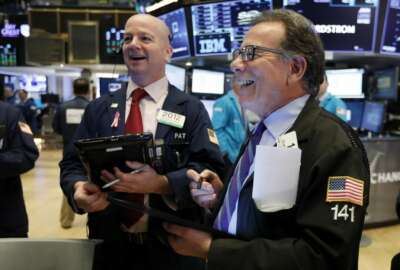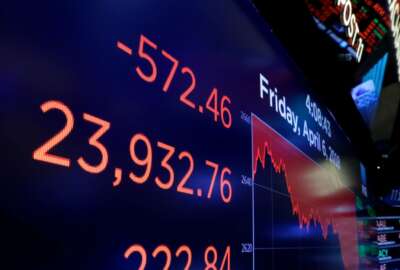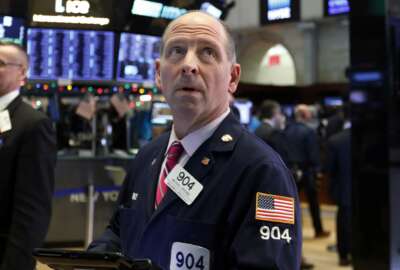
TSP investors playing it safe, or missing big gains?
Despite the red hot stock market and longest-ever bull market in history, federal workers have just over 40% of their money in treasury securities.
Despite the red hot stock market and longest-ever bull market in history, federal workers saving and investing for retirement have just over 40% of their money in treasury securities. These generally pay less than any other option in the federal Thrift Savings Plan, Uncle Sam’s in-house 401K plan for active duty and retired astronauts, NASA rocket scientists, current and former Marines, weather experts and diplomats.
In all it has 5.6 million participants. Most of the civilian government investors get a match of up to 5% from their agencies if they put in at least 5%. And those who put in enough time will get lifetime annuities that are indexed to inflation in whole — for Civil Service Retirement System and military retirees — or in part for those under the Federal Employees Retirement System who will also qualify for Social Security.
Yet in spite of the 10-year upsurge in the stock market many investors in both federal and private sectors anticipate a big drop sooner rather than later. Many feel the safe, smart move is to get into something like the G fund, which never has a bad day, to ride out the coming storm. The problem that presents, many financial pros say, is when to return to stocks?
Some investors pulled most if not all of their money out of the market during the Great Recession of 2008-2009 and many of them never returned even though the market, with its ups and downs, has had a record run. It’s gone more than a decade without a 20% or greater correction.
New data from the TSP shows there are 3.4 million FERS investors, 310,810 CSRS investors, 1.33 million from the uniformed military service and more than half a million in the military’s new blended retirement system.
The average account balance for FERS investors was $142,512 as of the end of March. It was $150,467 for CSRS investors and $26,630 for the uniformed military services. Just over 1.4 million had Roth (tax free) accounts with balances ranging from $20,778 for CSRS investors and $134,517 for FERS investors, to $9,006 for the uniformed military.
Virtually all of the TSP’s growing number of millionaires are self-made, and they did it the hard way. Typically they’ve been investing for almost 30 years. They’ve stuck with the stock funds, primarily the large cap C fund and the small-cap S funds. And they have stayed with stocks, continuing to buy them especially during a recession when share prices are down.
Washington, D.C.-area financial planner Arthur Stein has several TSP millionaire clients. He said they fit the profile, invest for the-long-haul, continue to buy stocks during a downturn and keep enough stocks in their TSP portfolio — even in retirement — to ensure that over the long-haul they will keep up with inflation. Putting everything in the super-safe G fund does, in his opinion, reduce volatility but increases another risk, which is losing purchasing power because of taxes and inflation.
Nearly Useless Factoid
By Amelia Brust
China has another great wall, but instead of keeping out invading armies it’s to keep out the growing Gobi Desert. The “Green Great Wall” began in 1978 and aims to plant 88 million acres of protective forests across a 3,000-mile belt to hold back desertification. The project is expected to take until 2050.
Source: South China Morning Post
Copyright © 2024 Federal News Network. All rights reserved. This website is not intended for users located within the European Economic Area.
Mike Causey is senior correspondent for Federal News Network and writes his daily Federal Report column on federal employees’ pay, benefits and retirement.
Follow @mcauseyWFED





